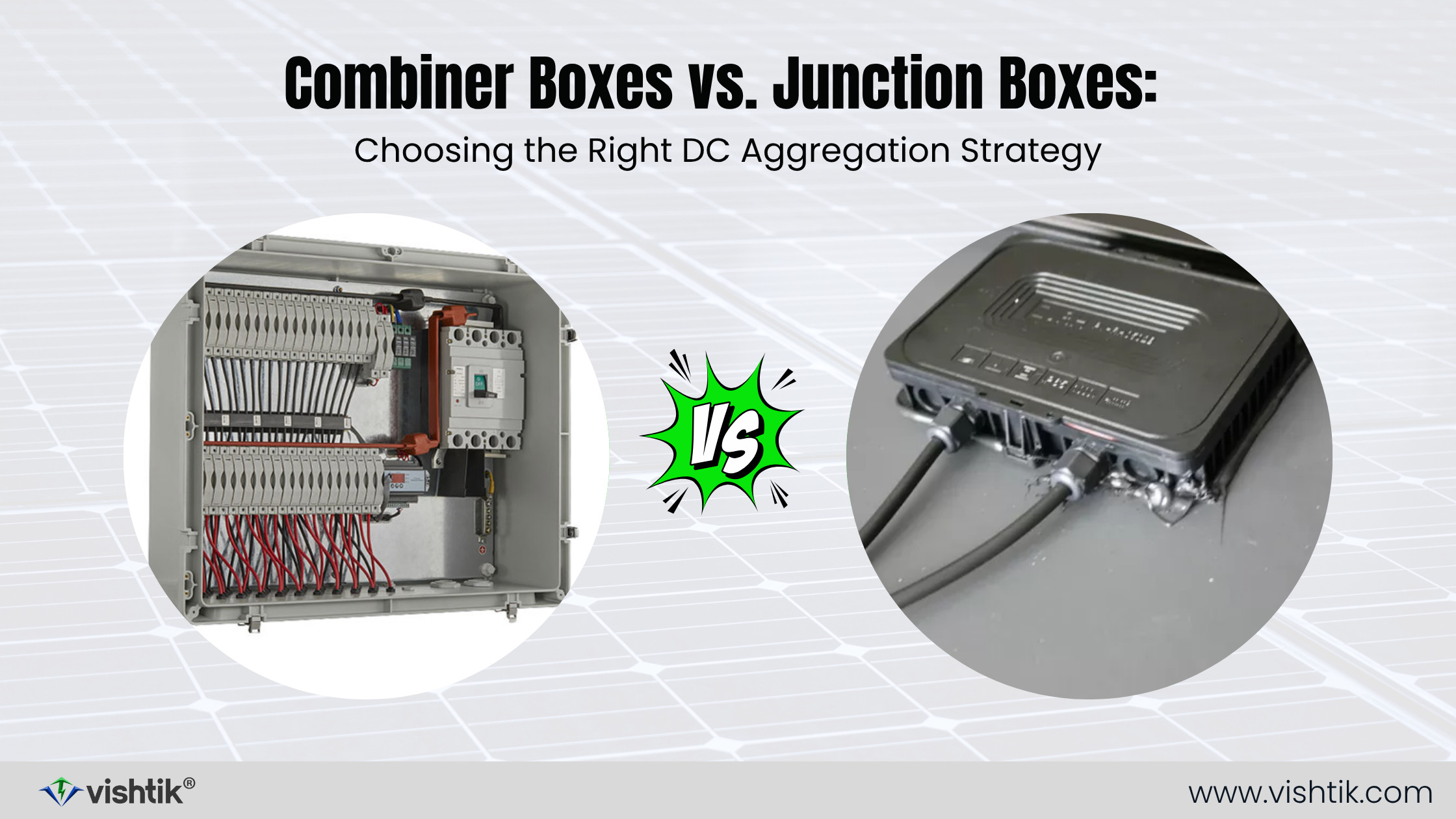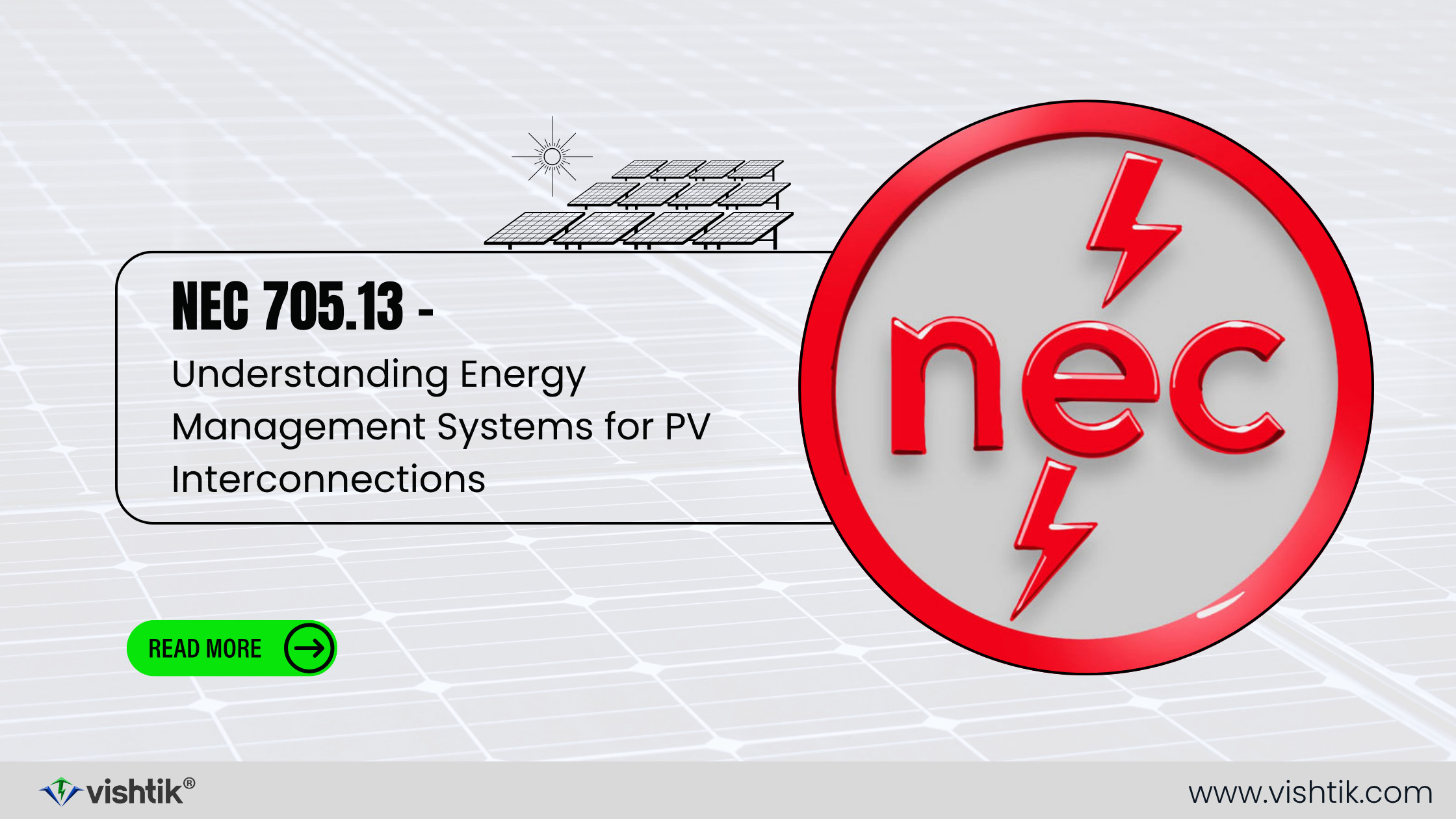Introduction:
Solar energy is becoming an increasingly popular choice for homeowners and businesses in Rhode Island. To make the transition to solar power smoother, the state has introduced a statewide solar energy permit application. This comprehensive guide outlines the key steps and requirements to help you successfully navigate the permitting process for your solar project.
Understanding the Purpose:
The statewide solar energy permit application aims to provide a predictable and universal process for obtaining the necessary permits for solar PV systems. By combining building and electrical permits into a single application, Rhode Island simplifies the process, saving time and reducing complexity for applicants.
Authority Behind the Regulations:
These regulations are established by the Rhode Island Office of Energy Resources, in collaboration with the Rhode Island State Building Code Commission. All municipalities in Rhode Island are required to use this standardized application process, ensuring a uniform approach across the state.
Essential Definitions:
Before diving into the application process, it’s important to familiarize yourself with key terms:
- AC (Alternating Current): The type of electrical current used in most household and commercial electrical systems.
- DC (Direct Current): The type of current produced by solar panels, which must be converted to AC by an inverter for use in the grid.
- Inverter: A device that converts DC electricity from solar panels into AC electricity.
- PV System (Solar Photovoltaic System): An arrangement of solar panels and related equipment that converts sunlight into electricity.
Application Requirements:
The statewide solar energy permit application includes several critical components that must be completed accurately:
- Property Details: Provide the name and address of the property owner and the installation site.
- System Specifications: Include details such as the total size of the PV system (both AC and DC), interconnection location, and mounting structure type.
- Energy Storage Information: If applicable, provide details on energy storage components, including their purpose and charging method.
- Contractor Information: Include the business name, address, and license numbers of the applicant and any electricians involved in the project.
- Roofing and Structural Details: Describe the existing roofing material, weatherproofing methods, and structural engineering specifics of the mounting system.
- Electrical and Layout Diagrams: Submit a one line electrical diagram and a layout drawing, along with manufacturer specifications for all equipment used.
- Site Plan: For ground-mounted systems, a detailed site plan is necessary.
- Certification Forms: For larger installations (15kW AC or more), additional certification forms are required.
Conclusion:
By following the steps outlined in Rhode Island’s statewide solar energy permit application, you can ensure a smooth and efficient permitting process for your solar project. Whether you’re a homeowner or a business owner, understanding and complying with these requirements will help you harness the benefits of solar energy with ease. Embrace the power of the sun and contribute to a sustainable future by taking advantage of Rhode Island’s streamlined solar permitting process.














